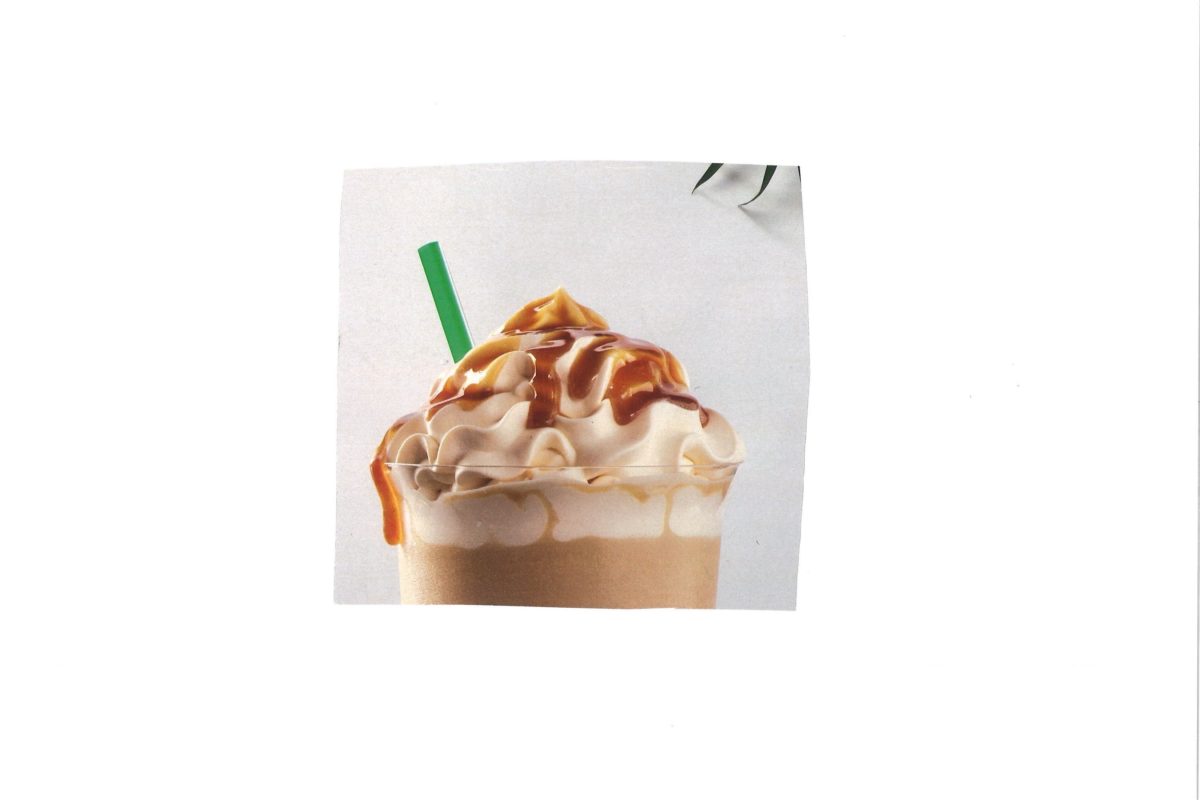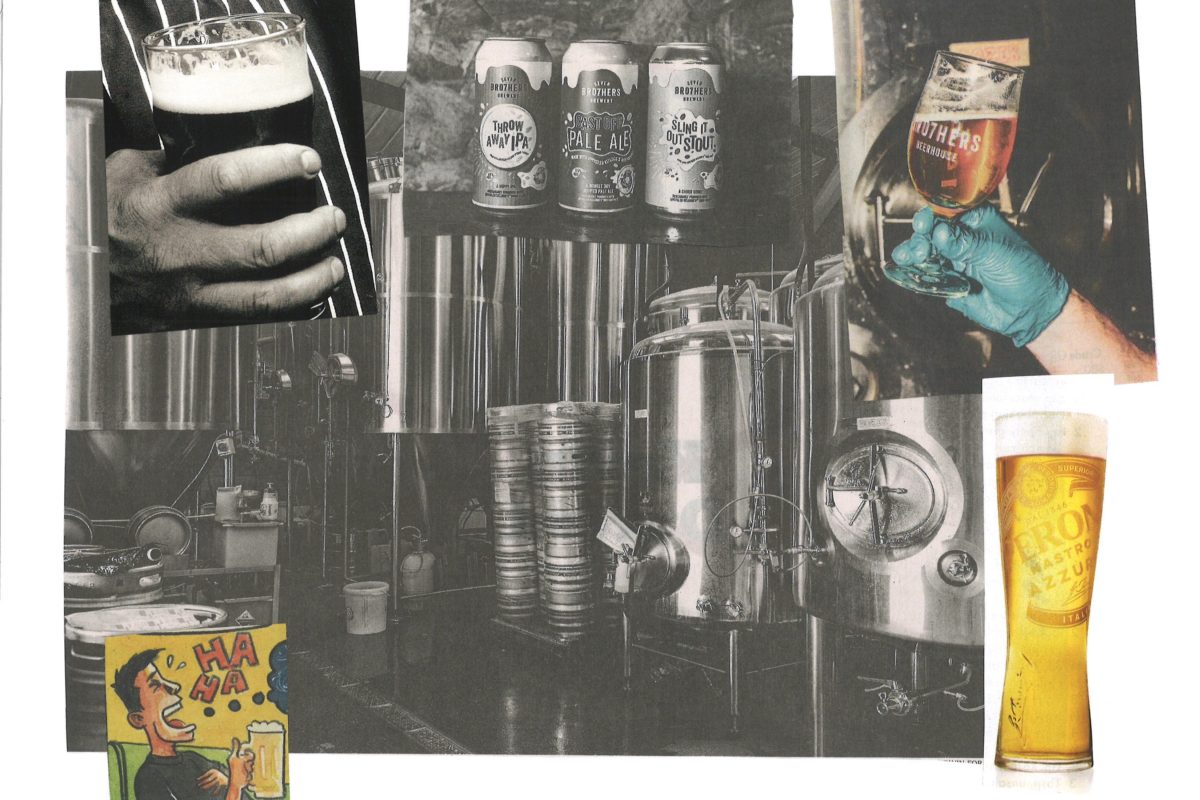What’s the Difference Between Iced Coffee and Cold Brew?
It’s 2 p.m., which means it’s almost time to momentarily break free from the desk-chains of capitalism to engage in more capitalism by purchasing an overpriced caffeinated beverage to help you practice capitalism faster. And while you know you want coffee, the question arises: what’s the difference between the coffees you’re drinking?
Iced coffee is exactly what it says it is: coffee that’s brewed hot, then served over ice. Sometimes, it’s brewed at double the strength, so that the melting ice doesn’t render it too watery.
To make cold brew, however, coarse-ground coffee is steeped in cool water for around 12 to 24 hours. The grounds are then filtered out, and the resulting coffee concentrate can be mixed with milk, water, and/or ice. Because the process doesn’t involve any heat, many of the acids and oils that make coffee bitter don’t get released—resulting in a sweeter, “smoother” beverage. The caffeine content is generally higher in cold brew—an average 8-ounce iced coffee has 95 milligrams of caffeine, while a 10.5-ounce Stumptown cold brew stubby, for example, contains around 279 milligrams—and it uses up twice the amount of coffee grounds. This, plus the longer time it takes to make, is why cold brew is normally more expensive than the regular joe.
And what about “nitro” cold brew, a term you may have seen popping up on fancy coffeeshop menus with teeth-rattling prices next to it? That’s cold brew that’s been run through a keg, a process that infuses the coffee with tiny nitrogen bubbles. The resulting drink is rich and frothy, with a foamy cap similar to that of Guinness. Perfect to hold you over until happy hour.
If you liked this, subscribe to the What’s the Difference newsletter here!






